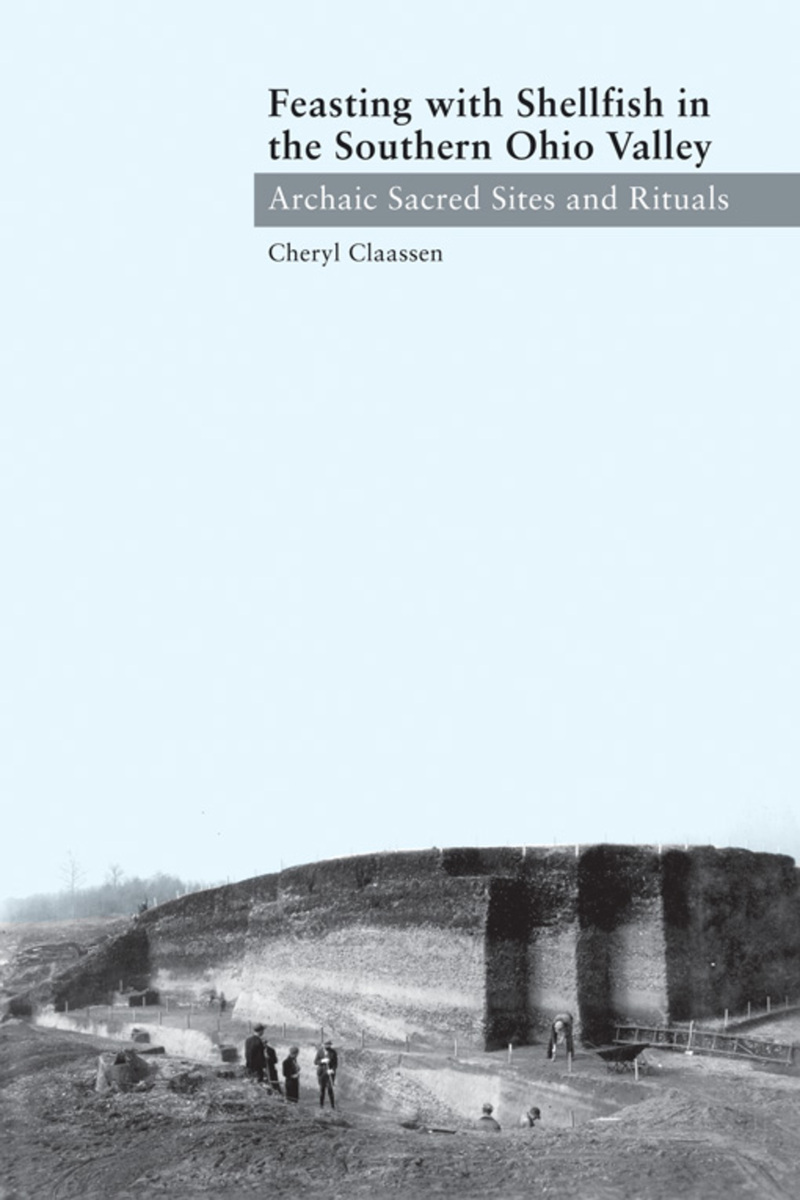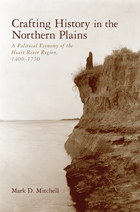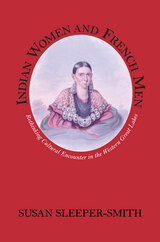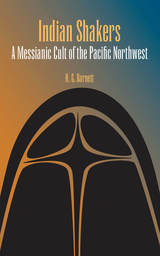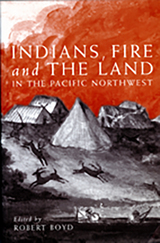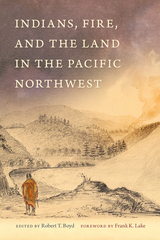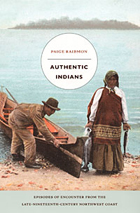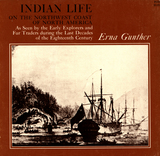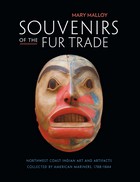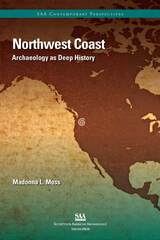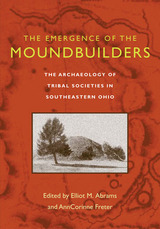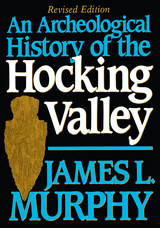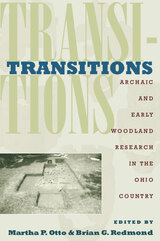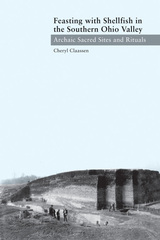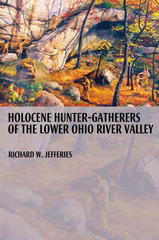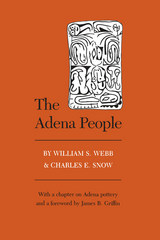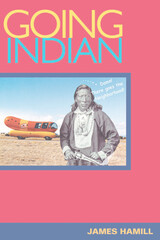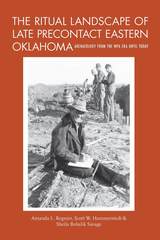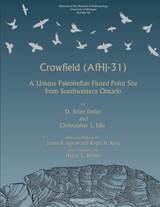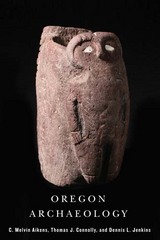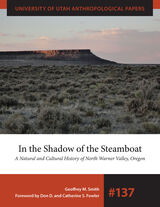eISBN: 978-1-57233-733-6 | Cloth: 978-1-57233-714-5
Library of Congress Classification E78.O4C55 2010
Dewey Decimal Classification 977
In this provocative work, Cheryl Claassen challenges long-standing notions n this provocative work, Cheryl Claassen challenges long-standing notions Iabout hunter-gatherer life in the southern Ohio Valley as it unfolded some Iabout hunter-gatherer life in the southern Ohio Valley as it unfolded some I8,000 to 3,500 years ago. Focusing on freshwater shell mounds scattered 8,000 to 3,500 years ago. Focusing on freshwater shell mounds scattered along the Tennessee, Ohio, Green, and Harpeth rivers, Claassen draws on the latest archaeological research to offer penetrating new insights into the sacred world of Archaic peoples. Some of the most striking ideas are that there were no villages in the southern Ohio Valley during the Archaic period, that all of the trading and killing were for ritual purposes, and that body positioning in graves reflects cause of death primarily.
Mid-twentieth-century assessments of the shell mounds saw them as the products of culturally simple societies that cared little about their dead and were concerned only with food. More recent interpretations, while attributing greater complexity to these peoples, have viewed the sites as mere villages and stressed such factors as population growth and climate change in analyzing the way these societies and their practices evolved. Claassen, however, makes a persuasive case that the sites were actually the settings for sacred rituals of burial and
renewal and that their large shell accumulations are evidence of feasts associated with those ceremonies. She argues that the physical evidence—including the location of the sites, the largely undisturbed nature of the deposits, the high incidence of dog burials, the number of tools per body found at the sites, and the indications of human sacrifice and violent death—not only supports this view but reveals how ritual practices developed over time. The seemingly sudden demise of shellfish consumption, Claassen contends, was not due to overharvesting and environmental change; it ended, rather, because the sacred rituals changed.
Feasting with Shellfish in the Southern Ohio Valley is a work bound to stir controversy and debate among scholars of the Archaic period. Just as surely, it will encourage a new appreciation for the spiritual life of ancient peoples—how they thought about the cosmos and the mysterious forces that surrounded them.
See other books on: Landscapes | Ohio River Valley | Rites and ceremonies | Rituals | Sacred space
See other titles from University of Tennessee Press
